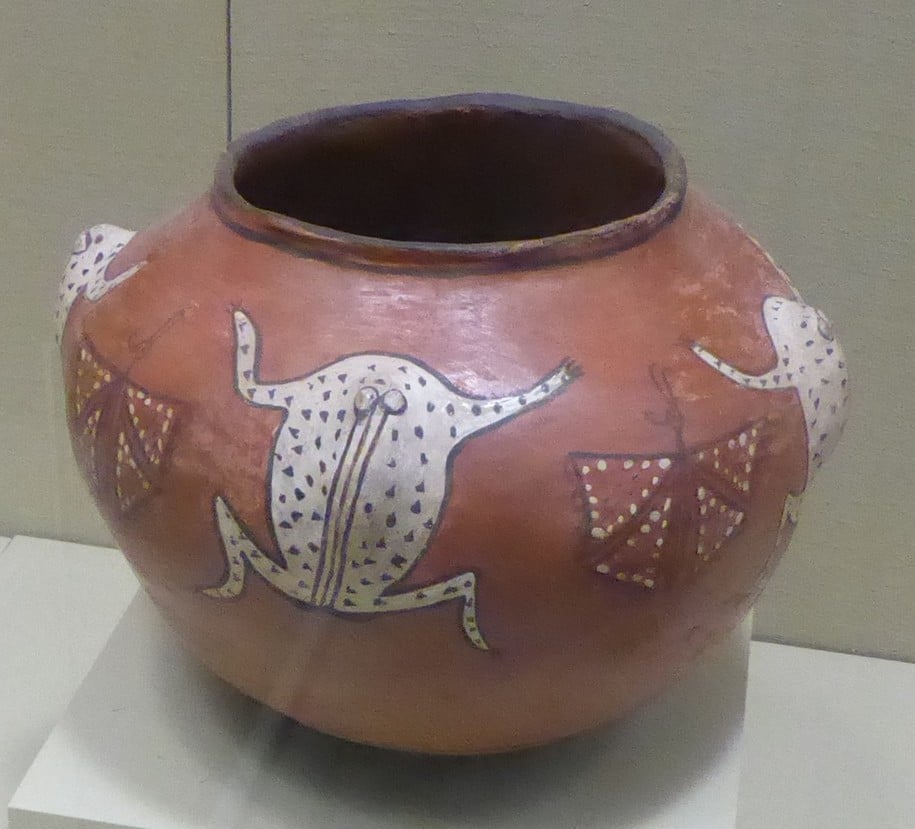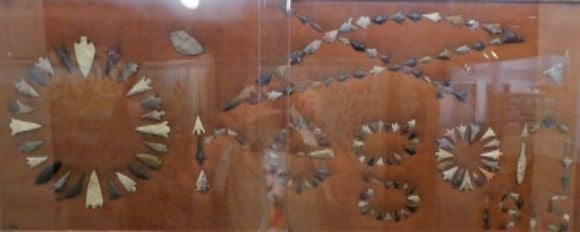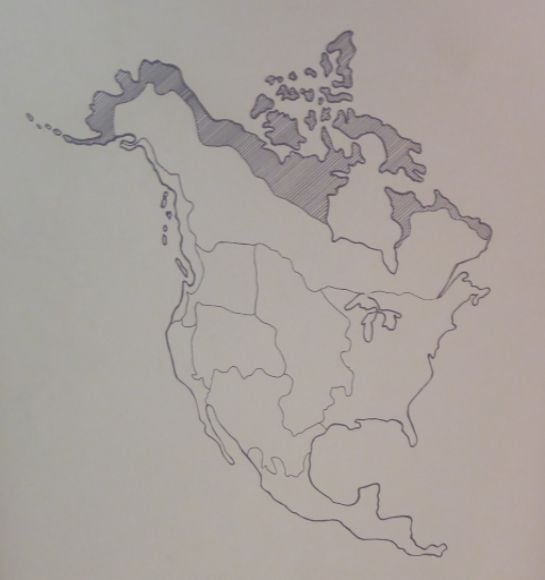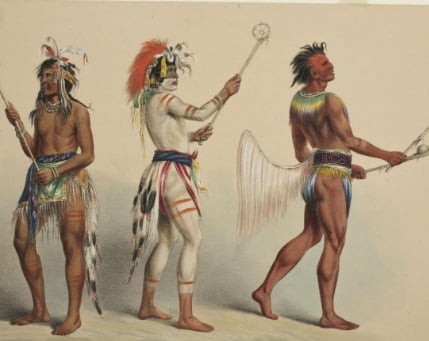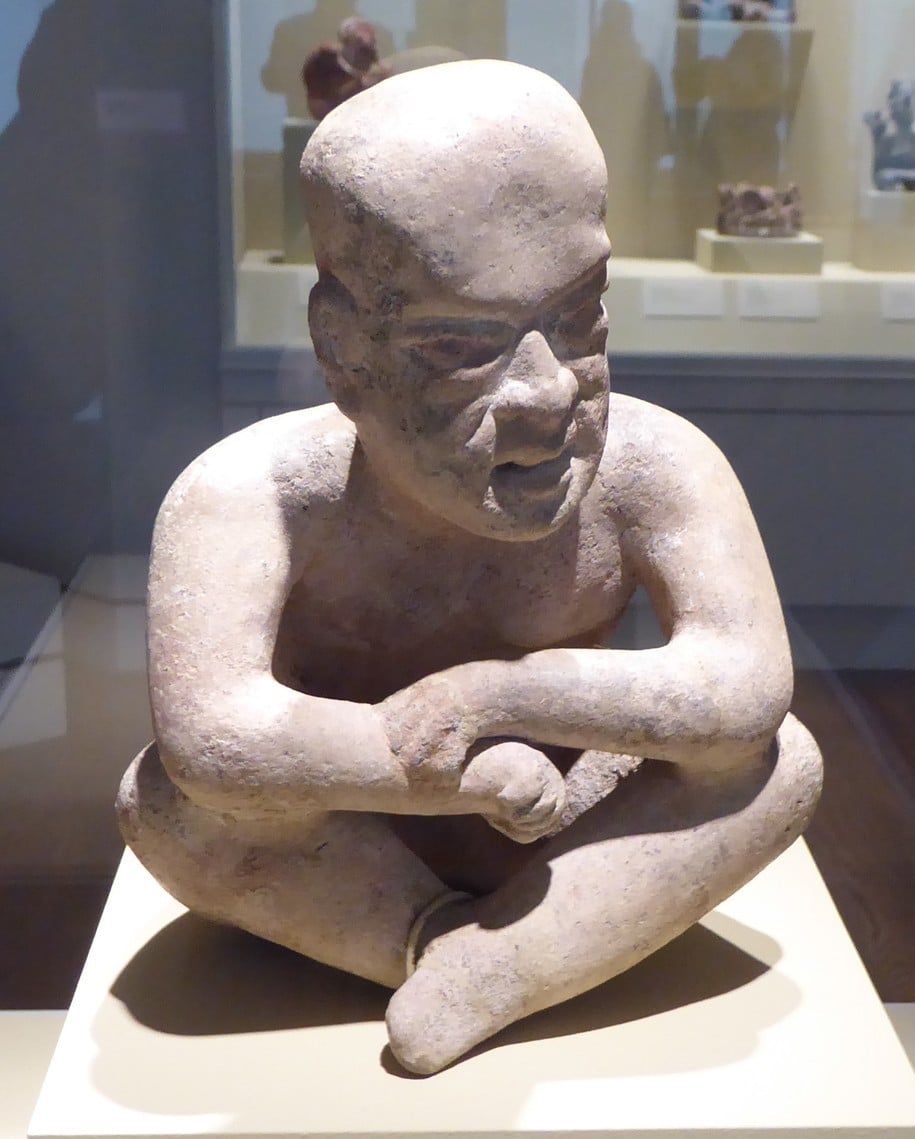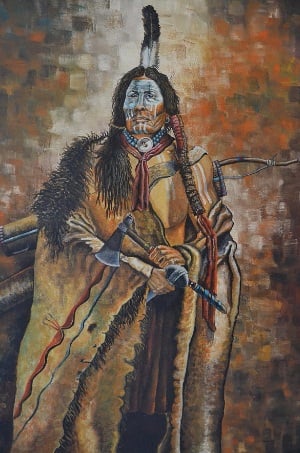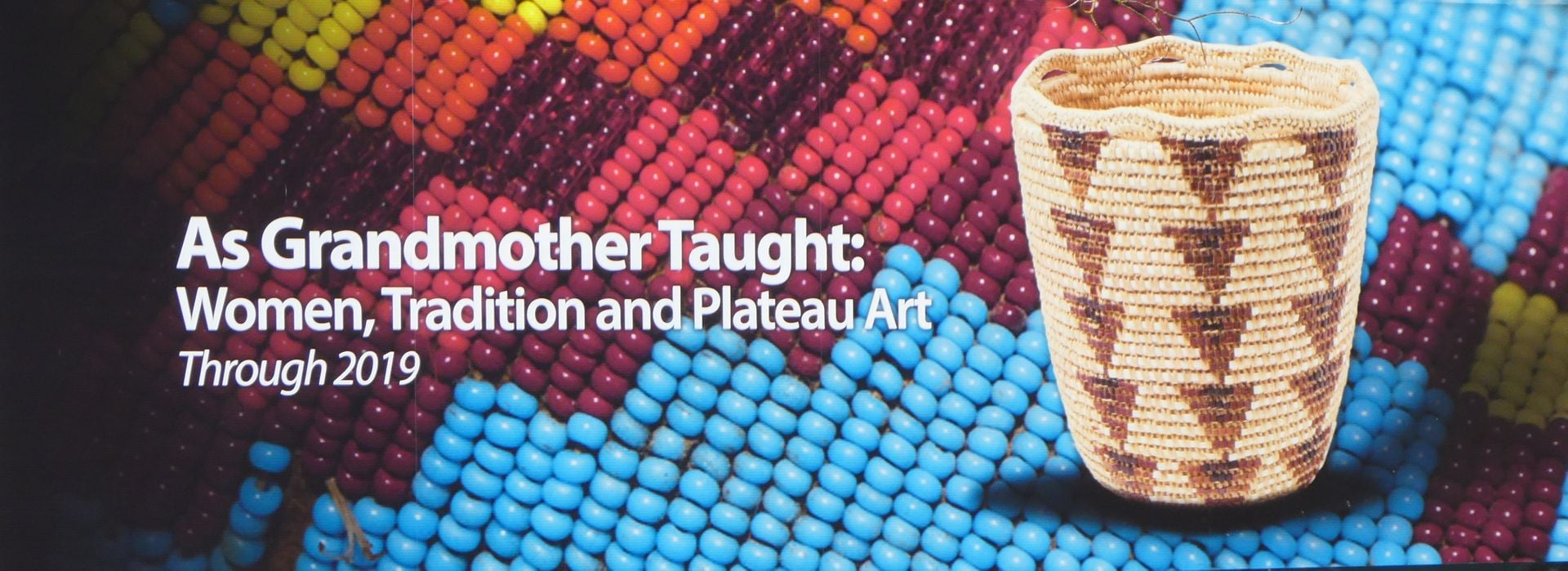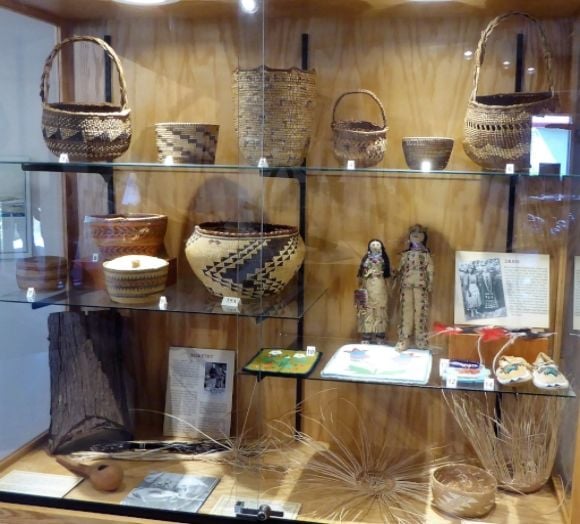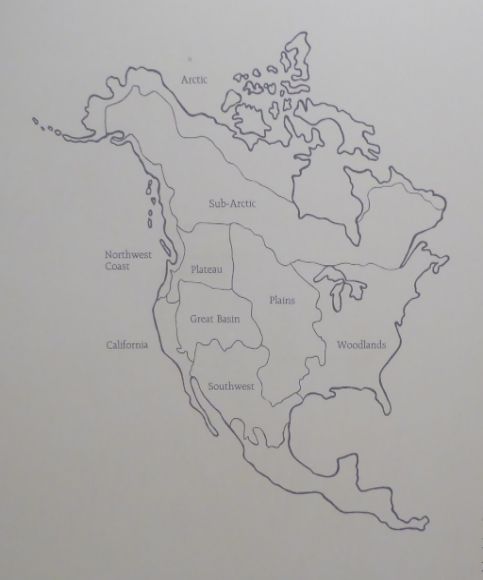Indians and Glacier National Park (Photo Diary)
What is now Glacier National Park in Montana was an important resource and spiritual area for the Salish-speaking Pend d’Oreille and Flathead, for the Kootenai, and for the Blackfoot. The visitor center at St. Mary entrance has a small Native American display. Salish and Pend d’Oreille Salish leader Sam Resurrection drew this map of the … Continued

